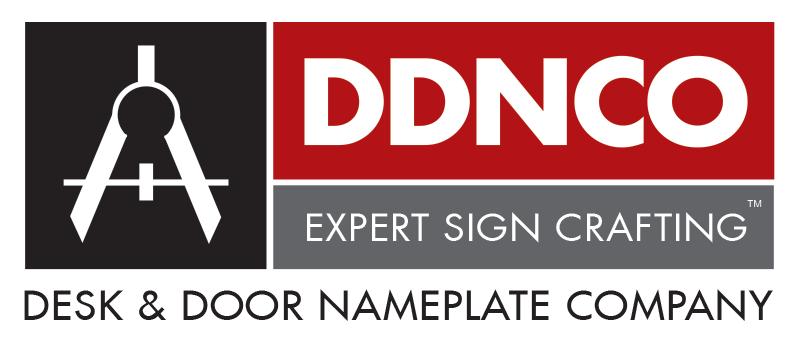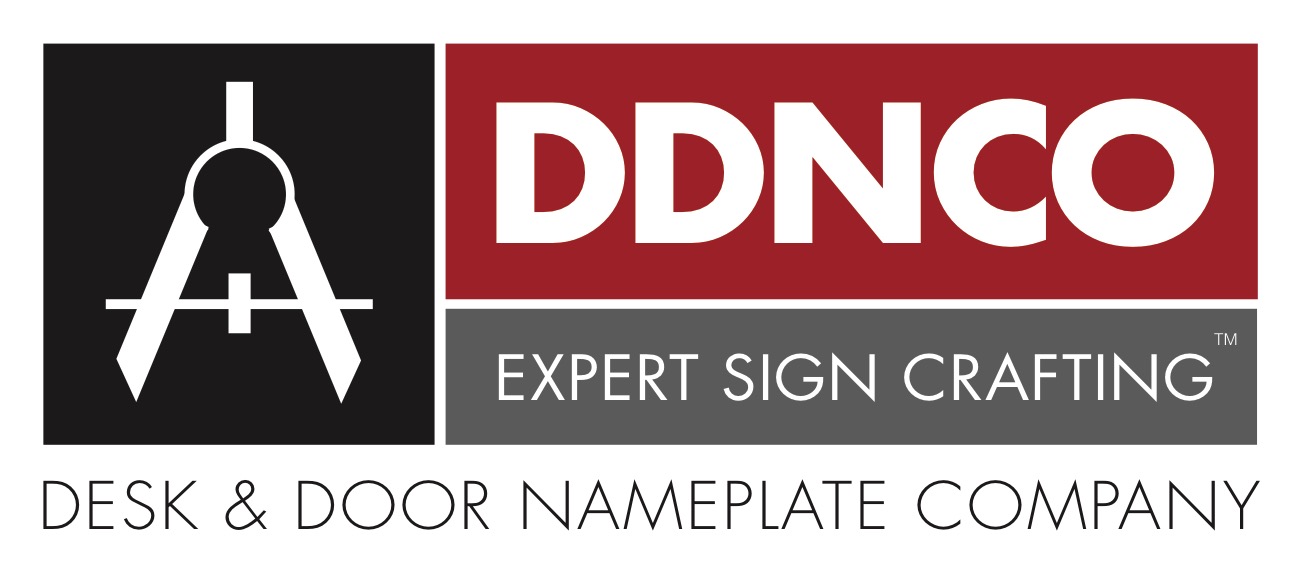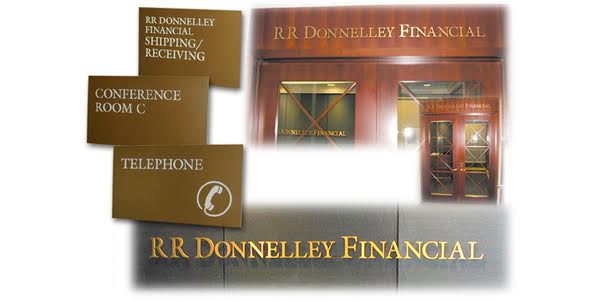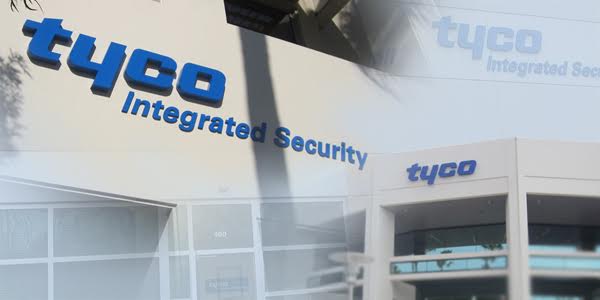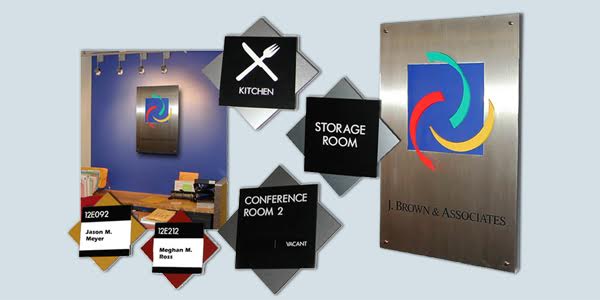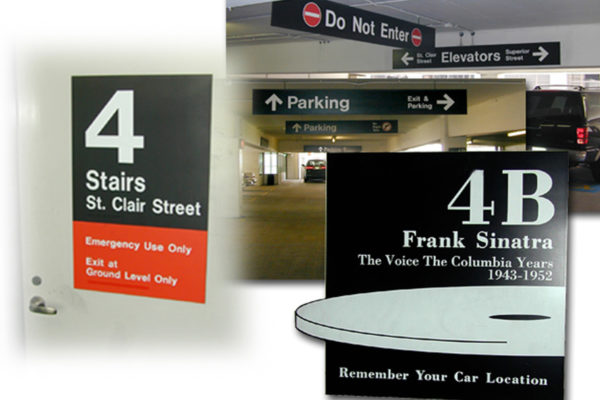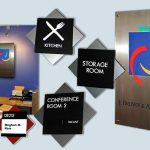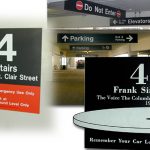IL (815) 806-8670
ADA Signs, Braille Signs & Wayfinding
To keep your building ADA (Americans with Disabilities Act) compliant, all of our signs carry certain features that ensure your facility is accessible to all in terms of wayfinding. Some of these features may include:
For those with low vision/blindness and some reading disabilities:
No glare signage, high contrast between lettering and background, raised lettering, and braille.
For those with disabilities that may require the person to use a wheelchair or walker:
We install signs at appropriate heights for all users.
These features make navigating your building easier for all your patrons. We can help with any ADA compliance-related sign project your company has to help you succeed.
Here are some ways you can make sure that your wayfinding signs are ADA compliant, so that all your visitors can find where to go in your building.
No Glare Signs
Any wayfinding sign you have must have little or no glare, or bright reflection, to it. Glare is a big problem for those with vision impairments, as it makes it hard to see what the sign says. Choosing a good color combination can help with this as well.
Contrast is Key
Make sure that your wayfinding signage has high dark-to-light contrast. This will make the letters and symbols on your sign “pop” and help those with vision impairments read the sign. Again, with colors, you may wish to choose a white background with black lettering.
No Funny Fonts
The font you’re using for your wayfinding signs should have appropriate kerning, or space between letters. This will help people with dyslexia figure out where they need to go in your building for what they need. You should also use a san-serif font.
Raised Letters are Better
ADA compliant wayfinding signs always have raised letters. This helps people with vision impairments read the
sign. It can also help people with dyslexia or other learning disabilities figure out what the sign says.
Braille
Braille lettering is the way that people with vision impairments can read your sign, and is a critical aspect of ADA compliant wayfinding signs. There is an official Braille alphabet that you as a business owner must use with all of your accessible signage.
Appropriate Height for Signage
It’s also important that the wayfinding signs you’re installing on your property are at the correct height for those people who use wheelchairs or walkers. This way, if they need to use the Braille characters to read the sign, they can do so easily.
Get Your ADA Compliant Wayfinding Signs
In this day and age, every business should be ADA compliant, and the signage is no exception. Desk & Door Nameplate Company can help with any ADA compliance-related sign project your company has.
What is ADA braille and wayfinding signage?
ADA Braille and wayfinding signage refers to signage that is designed to be accessible to people with disabilities, particularly those who are blind or visually impaired. The Americans with Disabilities Act (ADA) requires that all public facilities in the United States provide accessible signage for people with disabilities.
ADA Braille signage includes raised tactile lettering and Braille characters, which can be read by people who are blind or visually impaired. These signs are typically located at entrances, restrooms, and other key areas within a building, and are used to provide important information such as room numbers, directions, and safety instructions.
Wayfinding signage refers to signs that are used to provide directions and guide people through a facility or building. Wayfinding signage can include directional signs, maps, and floor plans, which are designed to be easy to read and understand. In the context of ADA Braille signage, wayfinding signs may also include tactile and Braille information to assist people who are blind or visually impaired in navigating through a building or facility.
Overall, ADA Braille and wayfinding signage are important tools for ensuring accessibility and providing equal access to information for people with disabilities. They help to promote independence and safety, and allow people with disabilities to navigate through public spaces and buildings with greater ease and confidence.
